The Beehive Hairstyle: A Vintage Icon Making a Modern Comeback | 2025 Style Guide
The Beehive Hairstyle: From 60s Mod to Modern Must-Have
The world of hairstyling is cyclical, with trends from bygone eras constantly being reinterpreted for the contemporary fashion landscape. Few styles, however, possess the enduring architectural grace and cultural significance of the beehive. Born in the 1960s, this towering updo was more than just a hairstyle; it was a statement of glamour, confidence, and rebellion. Today, the beehive hairstyle is experiencing a powerful resurgence, shedding its rigid, retro reputation to become a versatile and chic choice for red carpets, special events, and even elevated daily wear. This comprehensive guide explores the rich history of the beehive, dissects its modern reinvention, and provides the expert advice you need to embrace this iconic look in 2025.
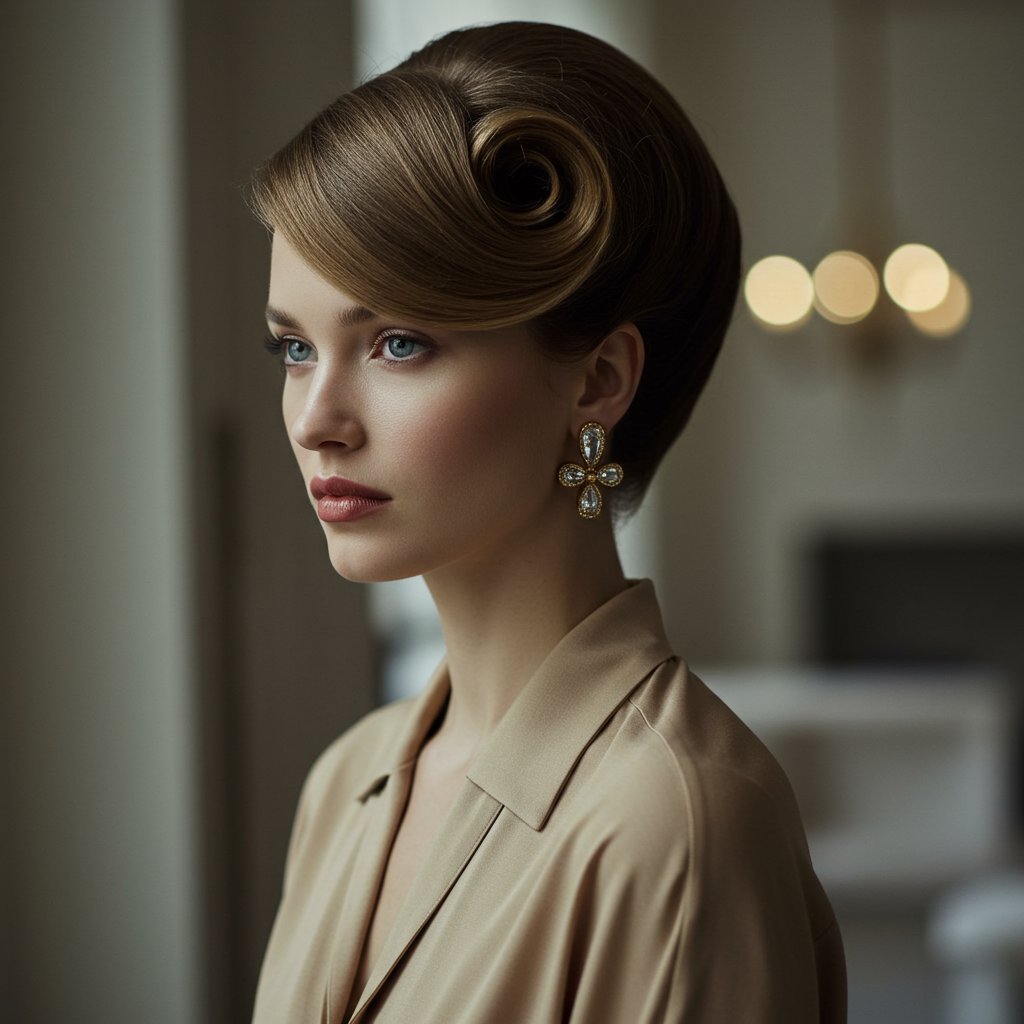
From its origins in a bustling Chicago salon to its prominent place on the heads of global icons, the beehive has a story to tell. Its return is not merely about nostalgia; it’s about a desire for structured yet soft silhouettes, for hairstyles that command attention while remaining undeniably elegant. Modern interpretations favor touchable textures, strategic volume, and personalized touches that make the style feel fresh and relevant. Whether you're drawn to a sleek, polished version or a softer, more romantic take, the modern beehive offers a unique way to express personal style with a nod to one of hairdressing's most celebrated creations.
The Iconic Origins: A Look Back at the 1960s Beehive
To understand the modern beehive, one must first appreciate its revolutionary roots. The style was created in 1960 by Margaret Vinci Heldt, a Chicago salon owner and award-winning hairdresser. Tasked by the editors of Modern Beauty Shop magazine to design a new, innovative hairstyle that would define the coming decade, Heldt drew inspiration from a fez hat she owned. Her goal was to create a style with enough height and structure to fit neatly under the hat while remaining intact after its removal. The result was a tall, conical updo that, with its intricate cross-hatched texture, resembled a traditional beehive skep. The name stuck, and a cultural phenomenon was born.
The beehive quickly became synonymous with the burgeoning youth culture and optimistic spirit of the 1960s. It was a departure from the softer, shorter styles of the 50s, representing a new era of female empowerment and glamour. The style was famously adopted by some of the decade's biggest stars, cementing its iconic status. Audrey Hepburn’s elegant, tiara-adorned beehive in Breakfast at Tiffany's showcased its sophisticated potential. The Ronettes, a trailblazing girl group, made towering, dramatic beehives their signature look, projecting an image of bold, unapologetic confidence. Across the Atlantic, French icon Brigitte Bardot popularized a softer, more disheveled version, often called the “choucroute” (sauerkraut), which paved the way for the less structured variations we see today.
The original technique was an exercise in architectural hairstyling. It required extensive backcombing, or teasing, to create a dense cushion of hair that could be molded and shaped. This internal structure was then smoothed over with a top layer of hair and set in place with a formidable amount of hairspray—creating the infamous “helmet head” that could last for days. It was a high-maintenance look, but for women of the era, it was a symbol of being perfectly coiffed and put-together, a testament to the transformative power of a great hairstyle.
Why the Beehive is Buzzing Again in 2025
The re-emergence of the beehive hairstyle isn't a random occurrence; it's a reflection of current cultural and fashion currents. Fashion is inherently cyclical, and the 60-year cycle often brings back trends from the 60s with a modern twist. We're seeing this not just in hair, but in fashion, with the return of A-line skirts, bold prints, and cat-eye makeup. The beehive fits perfectly into this retro revival, offering a dose of nostalgic glamour that feels fresh and exciting to a new generation.
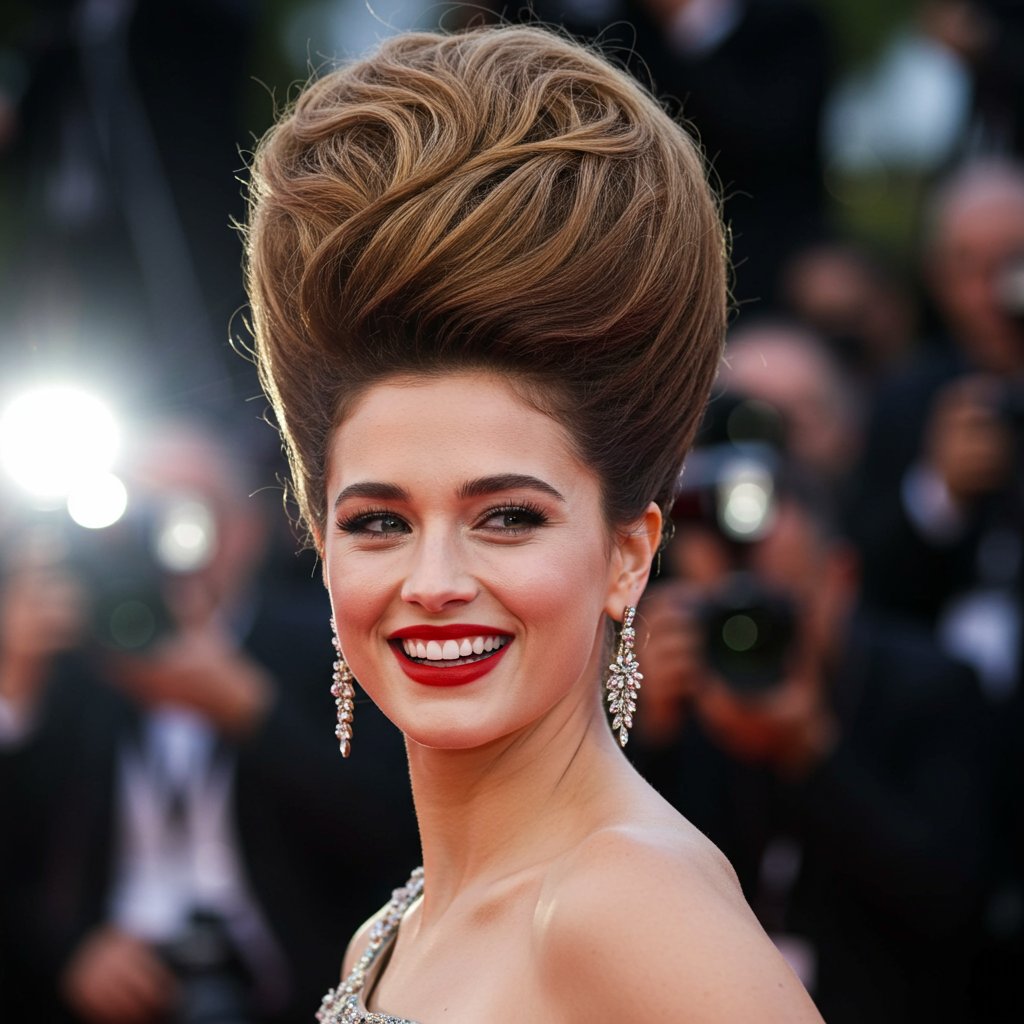
Pop culture continues to be a primary driver of beauty trends. The enduring legacy of Amy Winehouse, whose exaggerated beehive became an inseparable part of her artistic identity, kept the style in the public consciousness. More recently, celebrities like Lana Del Rey, Zendaya, and Anya Taylor-Joy have sported modern beehives on red carpets, demonstrating the style's contemporary versatility. These high-profile appearances showcase how the beehive can be adapted to be soft, romantic, edgy, or classic, inspiring viewers to reconsider the vintage updo for their own special occasions.
Beyond nostalgia and celebrity influence, there's a deeper reason for the beehive's comeback. In an age of minimalist, “clean girl” aesthetics, there is a growing counter-movement towards maximalism and bold self-expression. The beehive is the antithesis of understated. It's a hairstyle that takes up space, requires effort, and makes a definitive statement. It communicates confidence, a love for glamour, and an appreciation for the artistry of hairstyling. It allows individuals to stand out and express their personality in a way that a simple ponytail or loose waves cannot.
Deconstructing the Modern Beehive: Key Differences
While the silhouette is recognizable, the 2025 beehive is a distinct evolution from its 1960s predecessor. The most significant change is in the texture and finish. Gone is the stiff, untouchable helmet of the past. Today's beehive is all about softness, movement, and a more touchable finish. Stylists now use modern products like texturizing sprays and light-hold finishing sprays to create volume that looks airy and lived-in, not lacquered. Loose tendrils, face-framing pieces, and a slightly undone finish are key elements that prevent the style from looking like a costume piece.
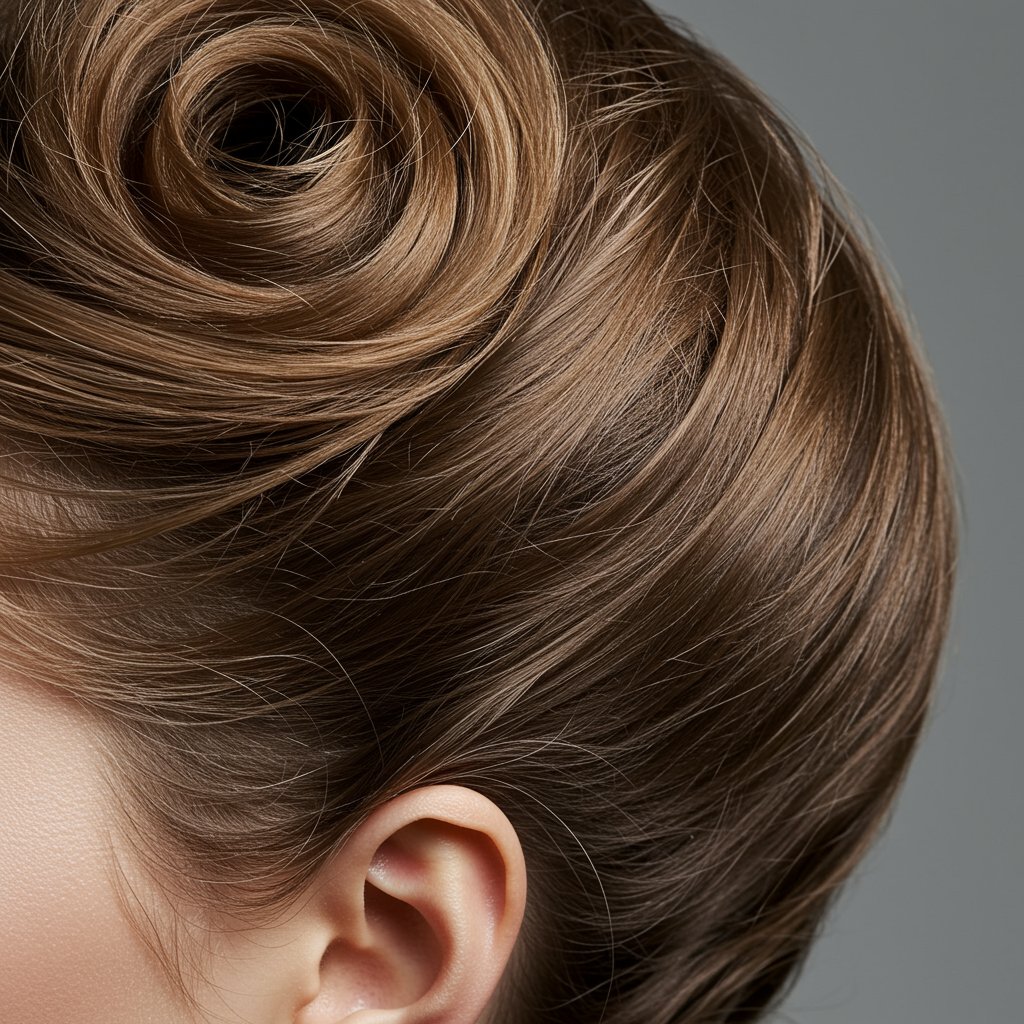
Volume and Shape
The volume in a modern beehive is often less extreme and more strategically placed. Instead of an all-over towering height, the focus might be on creating a graceful bump at the crown, which then flows into a chic chignon, ponytail, or half-up style. This approach makes the look more flattering for a wider range of face shapes. The shape is also more organic; less of a perfect cone and more of a soft, rounded silhouette that complements the wearer's features. This focus on customized, flattering shapes is a hallmark of modern hairstyling.Versatility Across Hair Types
Another key evolution is the beehive's adaptability. Professional stylists have developed techniques to make the style work for various hair lengths and textures. For long hair, the classic, full beehive is achievable, but it can also be incorporated into intricate updos. For medium-length hair, a popular variation is the half-up beehive, which provides volume at the crown while letting the rest of the hair flow freely. Even those with shorter, bob-length hair can achieve a “beehive bob” by creating volume at the crown and tucking the ends under for a chic, rounded shape. Hairpieces and extensions can also be seamlessly integrated to add volume for those with finer hair, making the style more accessible than ever.The Beehive for Every Occasion
The modern beehive is not a one-size-fits-all style. Its incredible versatility allows it to be tailored for any event, from the most glamorous gala to a chic weekend brunch.

The Red Carpet Beehive: Sleek and Polished
For formal events like weddings, galas, or black-tie parties, the sleek beehive is the epitome of elegance. This version is characterized by its flawless finish, precise shape, and high shine. Every hair is perfectly in place, creating a sculptural, polished look. It pairs beautifully with formal gowns and statement jewelry. To achieve this look, stylists use smoothing creams and high-hold hairsprays to eliminate frizz and flyaways, resulting in a look of pure, sophisticated glamour reminiscent of Audrey Hepburn's classic style.The Everyday Beehive: Casual and Relaxed
Bringing the beehive into daily life is all about toning down the volume and embracing a more relaxed feel. The half-up beehive is the perfect entry point. It involves creating a small bump of volume at the crown and securing the top section of hair, leaving the rest down in soft waves or straight. This adds a touch of retro flair to a casual outfit without being overly formal. Another option is a messy bun or top knot with a teased base, which gives the illusion of a beehive's volume in a contemporary, effortless way.The Edgy Beehive: Punk and Alternative
For those with a bolder style, the beehive can be a canvas for creative expression. This is where texture, color, and accessories come into play. An edgy beehive might feature a more dramatic, exaggerated shape, a matte, heavily textured finish, or be combined with other elements like sharp micro-bangs or a braided undercut. Incorporating bold fashion colors—a flash of neon or a pastel hue—can also transform the vintage style into a modern work of art. Accessories like leather wraps, metallic pins, or even a statement headband can further push the boundaries and personalize the look.How to Get the Look: A Step-by-Step DIY Guide
Creating a modern beehive at home requires patience and the right tools, but the results are well worth the effort. Follow these steps for a classic yet contemporary beehive updo.
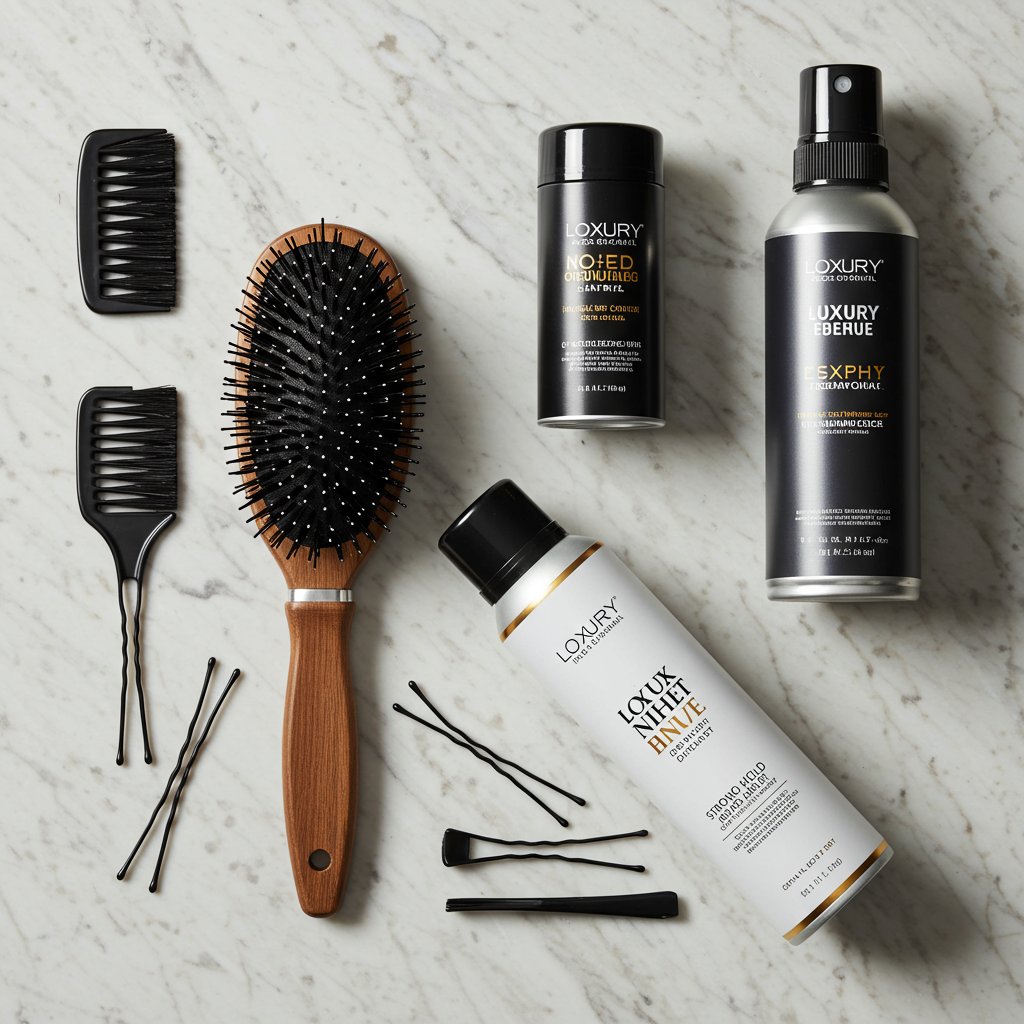
Prep Work: What You'll Need
Gather your arsenal before you begin. You will need: a teasing brush or fine-tooth comb, a boar bristle smoothing brush, bobby pins that match your hair color, hair elastics, a strong-hold hairspray, and a texturizing spray or volumizing mousse. For extra volume, especially on fine hair, consider a hair donut or a clip-in volumizing insert.Step 1: Building the Foundation
Start with dry, preferably second-day hair, as it has more grip. Apply a volumizing mousse or texturizing spray throughout to give your hair grit. Section off the front part of your hair, from ear to ear. This section will be used later to smooth over the top. Now, take the large section of hair at the crown of your head. Working in one-inch horizontal sub-sections, hold the hair straight up and use your teasing brush to comb down towards the scalp. Be firm but gentle. Continue this process until you have a large, teased cushion of hair at the crown.Step 2: Creating the Shape
Once your foundation is built, it's time to shape the beehive. Gently use your boar bristle brush to smooth the surface of the teased section. Do not brush through the teasing, but rather skim over the top layer to hide the backcombing and create a smooth, uniform shape. Gather the smoothed hair at the back of your head, twist it slightly, and push it upwards to enhance the volume at the crown. Secure the base of this twist firmly with bobby pins, using a criss-cross pattern for extra hold.Step 3: The Finishing Touches
Take the front section of hair you initially left out. Gently brush it back over your shaped beehive, using it to completely cover any remaining signs of teasing. Tuck the ends of this section under the beehive's base and secure them with bobby pins. At this stage, you can pull out a few soft, face-framing tendrils for a more modern look. Look at your hair from all angles in a mirror, adjusting the shape and pinning any loose pieces. Once you're happy with the silhouette, give your entire head a generous mist of strong-hold hairspray to lock everything in place.Professional vs. DIY: When to See a Stylist
While a DIY beehive is achievable for a casual look, for significant events like a wedding or a formal gala, seeking professional help is highly recommended. An experienced stylist possesses the skill and artistry to create a beehive that is not only beautiful but also structurally sound and built to last through a night of dancing and celebration. They have a deep understanding of how to balance the proportions of the hairstyle to perfectly flatter your specific face shape and features.

Furthermore, a professional can customize the beehive to your hair type. They know the best techniques for creating lasting volume in fine hair and for managing the weight and texture of thick, heavy hair. They can seamlessly incorporate extensions for added height or fullness and have access to professional-grade products that ensure a flawless, long-lasting finish. When you consult a stylist, be sure to bring inspiration photos of modern beehives you love. Discuss the level of volume you're comfortable with and the overall vibe you're aiming for—be it sleek, romantic, or edgy. This collaboration ensures you leave the salon with the beehive of your dreams.
Pro Tips for a Flawless Modern Beehive
- Start with Dirty Hair: Clean, silky hair is too slippery to hold the teasing required for a beehive. Work with second or third-day hair for the best grip and texture.
- Use the Right Brush: A specialized teasing brush with varied bristle lengths is essential for creating a dense, stable foundation without causing excessive damage.
- Tease in Small Sections: Don't try to backcomb a huge chunk of hair at once. Working with small, one-inch sections allows you to build a much stronger and more even base.
- Smooth, Don't Brush: When creating the final shape, use a soft boar bristle brush to gently smooth the surface layer of hair over the teased cushion. Never brush out the backcombing.
- Strategic Pinning is Key: Use U-shaped pins and bobby pins to secure the style. Create anchors by crisscrossing pins for a hold that won't budge.
- Balance is Everything: Ensure the size of your beehive is proportional to your face and body. An overly large beehive can be overwhelming, while a too-small one can get lost. A stylist can help find the perfect balance.
- Finish with the Right Spray: A flexible hold hairspray allows for shaping, while a strong finishing spray locks the final look in place without making it look crunchy.

Frequently Asked Questions (FAQ)
Can I do a beehive on thin or fine hair?
Yes, absolutely! The key is using the right products and techniques. Start with a volumizing mousse and a texturizing powder at the roots. When teasing, be gentle but thorough. You can also use a 'hair rat' or a foam donut at the crown as a base to build the shape around, which creates the illusion of more hair.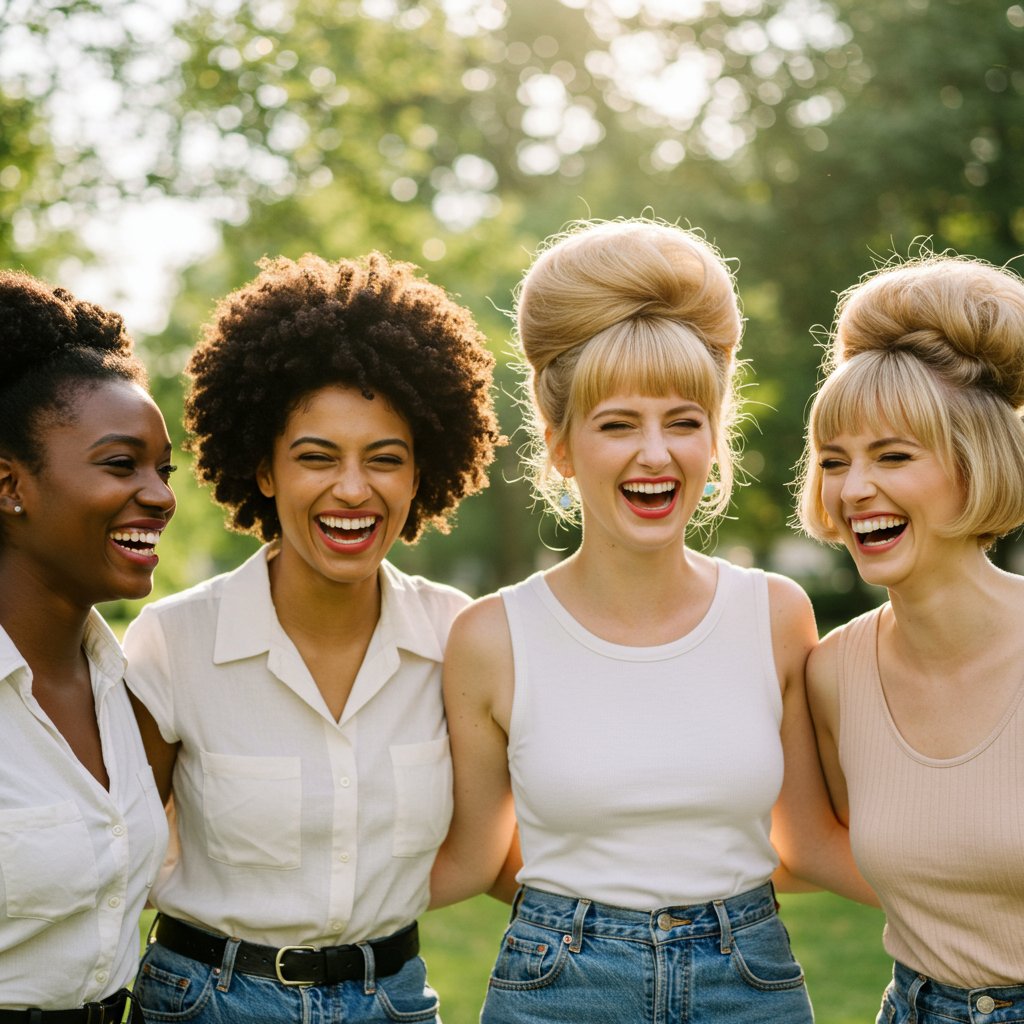
How long does a beehive hairstyle last?
A well-constructed beehive, especially one done by a professional, can easily last all day and into the night. With proper pinning and a good finishing spray, it should withstand most activities. For a multi-day event, you can often sleep on it carefully and just touch it up in the morning.What products are essential for a beehive?
The non-negotiables are: a good teasing brush, bobby pins, and a strong-hold hairspray. Additionally, a volumizing mousse or spray for prep and a texturizing powder for root lift can make a huge difference. A smoothing serum or shine spray can be used at the end for a polished finish.Does creating a beehive damage your hair?
Teasing, by nature, is rough on the hair cuticle. However, you can minimize damage by using a proper teasing brush (not a fine-tooth comb), being gentle, and most importantly, never trying to brush the teasing out when you're done. To remove the style, gently work a conditioner or oil through the teased sections with your fingers to loosen the knots before slowly and carefully combing them out from the ends up.How do I make my beehive look modern, not dated?
To keep it modern, focus on three things: texture, softness, and balance. Avoid a stiff, overly sprayed finish. Leave some soft, face-framing pieces out. And instead of sky-high volume, opt for a more modest, elegant lift at the crown. Pairing it with modern makeup and fashion choices will also ensure the overall look feels current and chic.Can you do a beehive on short, bob-length hair?
Yes, a mini-beehive or a “beehive bob” is very chic. The technique involves concentrating the teasing on the crown section of your hair to create a bump. The sides are then smoothed back, and the ends of the hair are tucked under and pinned at the nape of the neck to create a rounded, bob-like silhouette with vintage volume.Conclusion: The Enduring Allure of the Beehive
The beehive hairstyle is far more than just a relic of the past; it is a timeless testament to the power of a bold silhouette and structural elegance. Its journey from a 1960s symbol of polished rebellion to a versatile staple of 21st-century fashion proves its remarkable adaptability. The modern beehive celebrates individuality, offering a spectrum of interpretations from the soft and romantic to the sharp and edgy.
By embracing softer textures, more organic shapes, and personalized touches, today's beehive feels both nostalgic and refreshingly new. It is a powerful choice for anyone looking to make a statement, exude confidence, and connect with a rich history of glamour. Whether you decide to try a simple half-up version for a weekend outing or enlist a professional stylist to craft a show-stopping updo for a major event, the beehive is a style worth exploring. It's a reminder that true style never fades—it simply evolves.


